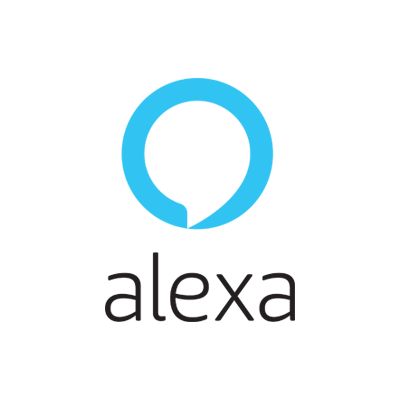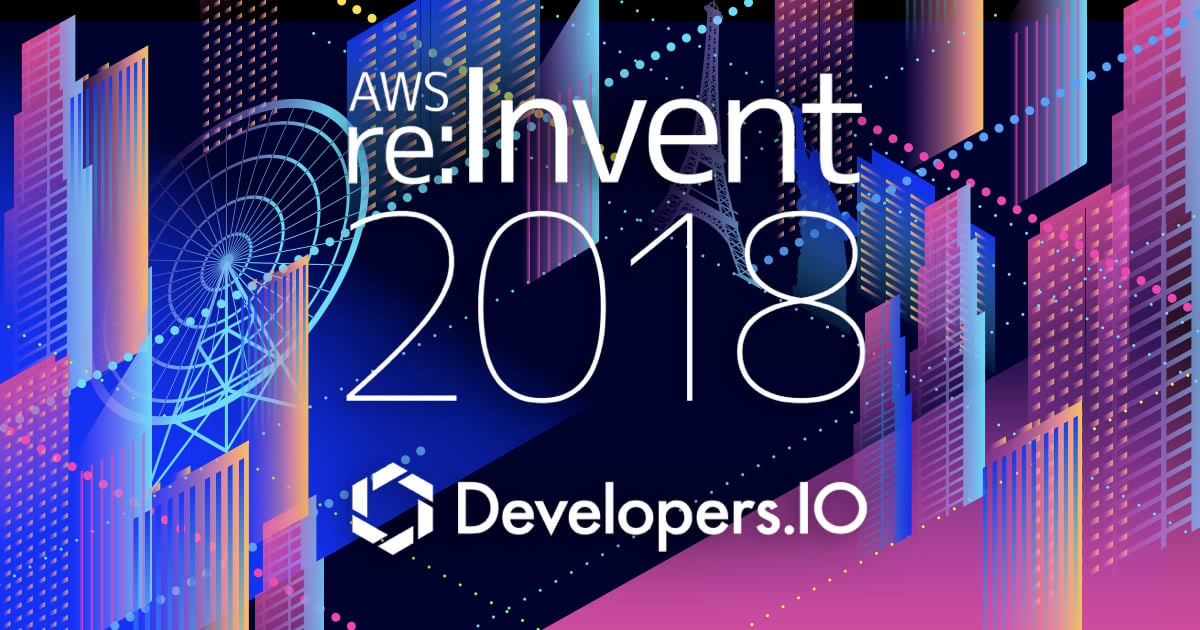
ASK SDK v1アダプターを使ってAlexa SDK(v1)→ ASK SDK(v2)へ移行する
この記事は公開されてから1年以上経過しています。情報が古い可能性がありますので、ご注意ください。
はじめに
Alexa SDK v2 for Node.js(ASK SDK)では、 旧来のAlexa SDK v1(Alexa SDK)から移行を行うために、後方互換性のあるASK SDK v1アダプターが用意されています。
GitHub alexa/alexa-skills-kit-sdk-for-nodejs/ask-sdk-v1adapter
こちらのアダプターを利用することで、v1とv2のコードを共存させることができ、v1で書かれたスキルのコードを段階的にv2へ移行できます。
v1のコードサンプル
今回は、Alexaに「こんにちは」というだけの簡単なスキルを例にとってみます。
v1で書かれたバックエンドのLambdaコード(Node.js)は以下のとおりです。
'use strict';
const Alexa = require('alexa-sdk');
exports.handler = function (event, context, callback) {
const alexa = Alexa.handler(event, context);
alexa.registerHandlers(handlers);
alexa.execute();
};
const handlers = {
'LaunchRequest': function () {
const speech = 'はじめまして!こんにちは、と言ってください。'
this.emit(':ask', speech, speech);
},
'HelloIntent': function () {
this.emit(':tell', 'こんにちは');
},
'AMAZON.HelpIntent': function () {
const speech = 'これは、挨拶するだけのスキルです。こんにちは、と言ってください。'
this.emit(':ask', speech, speech);
},
'AMAZON.CancelIntent': function () {
this.emit(':tell', 'さようなら');
},
'AMAZON.StopIntent': function () {
this.emit(':tell', 'スキルを終わります');
}
};
上記のコードを、v1アダプターを使って一部v2へ移行してみます。
ask sdkとv1アダプターのインストール
インストールはnpmコマンドで行います。Lambdaへアップロードする際にzipに含めるのを忘れずに。
$ npm install --save ask-sdk
$ npm install --save ask-sdk-v1adapter
alexa sdk → v1アダプターへの変更
v1のコードでインポートされているalexa-sdkをask-sdk-v1adapterへ変更します。
v1アダプターはロジックを解釈して、v2のskillインスタンスを生成します。
'use strict';
// const Alexa = require('alexa-sdk');
const Alexa = require('ask-sdk-v1adapter');
exports.handler = function (event, context, callback) {
const alexa = Alexa.handler(event, context);
alexa.registerHandlers(handlers);
alexa.execute();
};
v2のリクエストハンドラへ移行
一部移行するということで、HelloIntentをv2のリクエストハンドラHelloIntentHandlerに置き換えてみます。
'use strict';
// const Alexa = require('alexa-sdk');
const Alexa = require('ask-sdk-v1adapter');
exports.handler = function (event, context, callback) {
const alexa = Alexa.handler(event, context);
alexa.registerHandlers(handlers);
alexa.registerV2Handlers(HelloIntentHandler);
alexa.execute();
};
const handlers = {
'LaunchRequest': function () {
const speech = 'はじめまして!こんにちは、と言ってください。'
this.emit(':ask', speech, speech);
},
/*
'HelloIntent': function () {
this.emit(':tell', 'こんにちは');
},
*/
'AMAZON.HelpIntent': function () {
const speech = 'これは、挨拶するだけのスキルです。こんにちは、と言ってください。'
this.emit(':ask', speech, speech);
},
'AMAZON.CancelIntent': function () {
this.emit(':tell', 'さようなら');
},
'AMAZON.StopIntent': function () {
this.emit(':tell', 'スキルを終わります');
}
};
const HelloIntentHandler = {
canHandle: function ({ requestEnvelope }) {
return requestEnvelope.request.type === 'IntentRequest'
&& requestEnvelope.request.intent.name === 'HelloIntent';
},
handle: function ({ responseBuilder }) {
return responseBuilder.speak('こんにちは')
.getResponse();
},
};
34〜43行目でHelloIntentHandlerを定義し、8行目のalexa.registerV2Handlersにてv2のハンドラを追加しています。
このとき、v1で定義していた移行元ハンドラのコード(17〜21行目)は削除しておく必要があります。
スキルを実行
修正されたコードにてスキルをテストしてみると、v1とv2で書いた処理がそれぞれ問題なく動作することを確認できました。
おわりに
ASK SDK v1アダプターを使うことで、v1で書かれたコードを一部v2へ移行することができました。
バックエンドのコード量が多いようなスキルの場合でも、一部のハンドラから徐々にv2への移行を行う、ということが可能となります。
但し、v1とv2を共存させるとコードの見通しは悪くなる可能性があり、中途半端な状態で放置するのはオススメできません。
いきなりv1アダプターを使って移行を進める前に、どのような計画でv2へ移行するのか(そもそも移行したほうが良いのか)を検討してみてもよいかもしれません。
小規模なスキルな場合は、v1アダプターを使わず丸ごとv2で作り直してしまう、というのも選択肢の一つだと思います。









